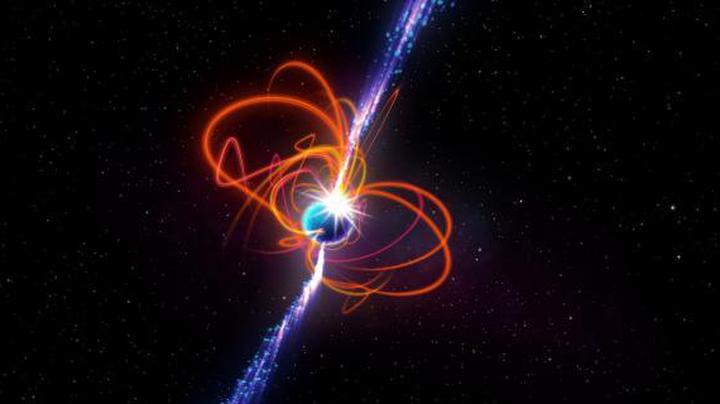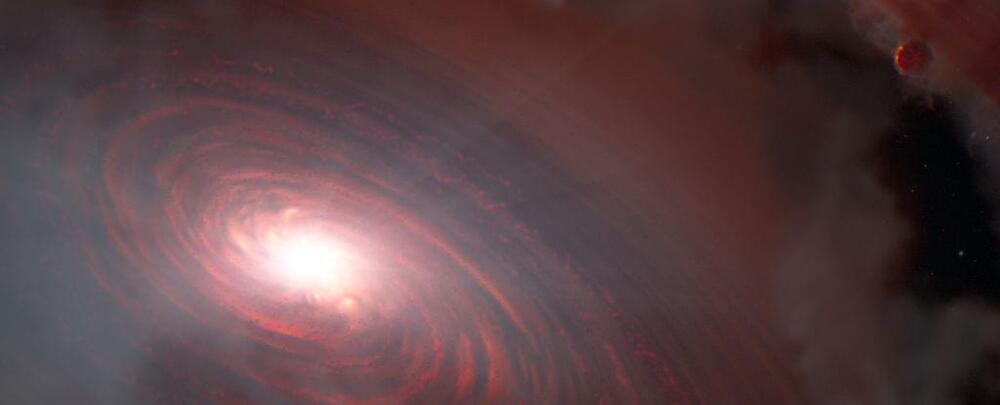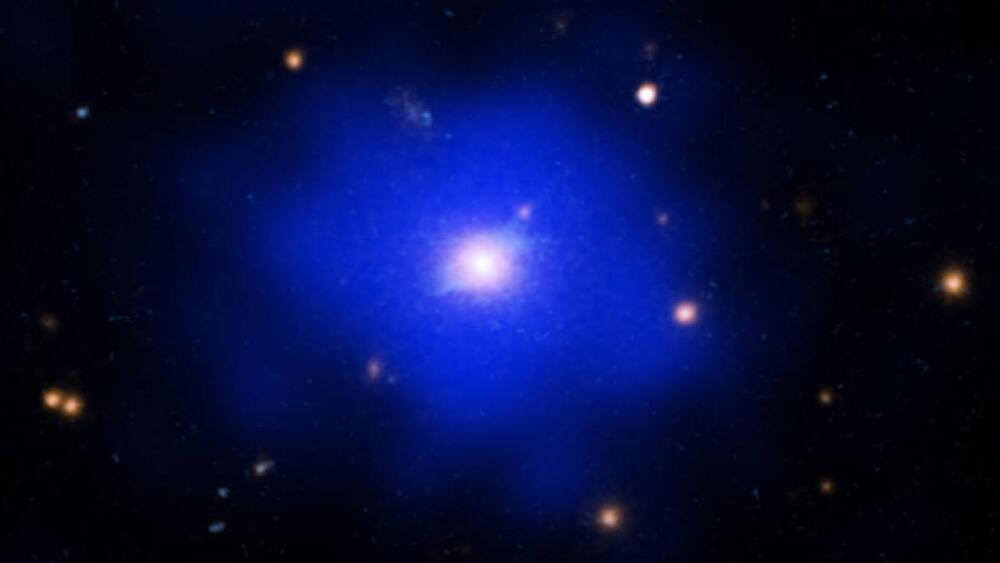Science_Hightech — operanewsapp.




One of the most interesting baby planet systems in the Milky Way has just yielded a detection of water vapor.
And not just anywhere, either. In the extended disk of dust and gas that still clings to the star PDS 70, the James Webb Space Telescope detected the molecular signature of water in the region expected to form Earth-like worlds.
This could help us work out how Earth formed, and where its water came from; but it also is a tantalizing clue about the formation of other potentially habitable worlds out there in the wider galaxy.
Dr. Michael Roberts, Ph.D. is Chief Science Officer of the International Space Station National Laboratory (https://www.issnationallab.org/), and Vice President at the Center for the Advancement of Science in Space (CASIS — https://www.issnationallab.org/about/center-for-the-advancem…dership/), which as manager of the ISS National Laboratory in partnership with NASA, is responsible to the nation for enabling access to the International Space Station for research, technology development, STEM education, and commercial innovation in space as a public service to foster a scalable and sustainable low Earth orbit economy.
Before joining CASIS in 2013, Dr. Roberts worked as a microbial ecologist, principal investigator, and research group lead in the NASA Advanced Life Support program at the Kennedy Space Center.
Prior to arriving at NASA-KSC in 1999, Dr. Roberts completed an undergraduate degree in biology at Maryville College, a doctorate in microbiology at Wesleyan University and post-doctoral research at the Center for Microbial Ecology at Michigan State University and the RIKEN Institute in Wako-shi, Japan.


An international team of space scientists has found evidence that hydrogen peroxide on Ganymede, Jupiter’s largest moon, exists only on its higher latitudes. For their research, reported in the journal Science Advances, the group studied data from the James Webb Space Telescope (JWST).
For many years, researchers theorized that hydrogen peroxide existed on Ganymede, but it took a prior team studying data from the JWST to find it. In this new effort, the research team analyzed new data sent back by the telescope to learn more about the surface of the moon and its hydrogen peroxide.
Ganymede is the largest moon in the solar system, but it has not received nearly the attention given to another of Jupiter’s moons, Europa, whose features and characteristics make it far more likely to have harbored life at some point in time. But prior research has shown that the influence of Jupiter’s magnetic field on many of its moons could indicate a strong probability of hydrogen peroxide on Ganymede. This is because of its likely impact on the water-ice irradiation process on its surface.

Make nuclear power safer by tapping the gold mine in the spent fuel rods by using molten salt reactors and small modular reactors for both safe nuclear plant back up power and for microgrids that will be less susceptible to an EMP or CME E3 waveform. Watch to learn!
Contact Steven Curtis:
[email protected].
wastetoenergynow.org.
(702) 219‑6463
GoldBacks from Galactic Greg’s affiliate link (Use coupon code GreenGregs):
Inspire your kids to love science!
SAVE 20% OFF New Science Kits Using Code: NEWKITSSAVE20 At Steve Spangler Science dot com! Great Educational Products For Kids! SHOP NOW! https://www.pntra.com/t/SENKTExNSUhDR05OSUxJQ0dPRkxGRw.
For gardening in your Lunar or Mars habitat GalacticGregs has teamed up with True Leaf Market to bring you a great selection of seed for your planting. Check it out: http://www.pntrac.com/t/TUJGRklGSkJGTU1IS0hCRkpIRk1K
Awesome deals for long term food supplies for those long missions to deep space (or prepping in case your spaceship crashes: See the Special Deals at My Patriot Supply: www.PrepWithGreg.com.
To explore the trillions of worlds in our galaxy, we will need space probes far more sophisticated than any craft we’ve ever built, including the ability to…

Gullies on the slopes of Martian craters were likely created by the “very recent” flow of water, according to a new study that sheds more light on whether life could exist on the Red Planet.
The presence of life on a planet, as it is seen on Earth, goes hand in hand with the existence of liquid water.
Researchers have previously shown that there may have been past periods on Mars when liquid water likely formed gullies if Mars tilted enough on its axis.